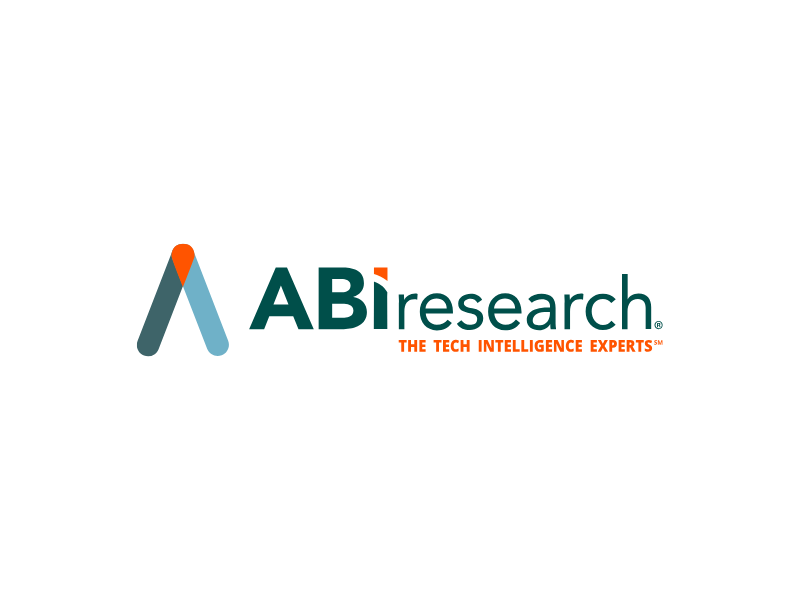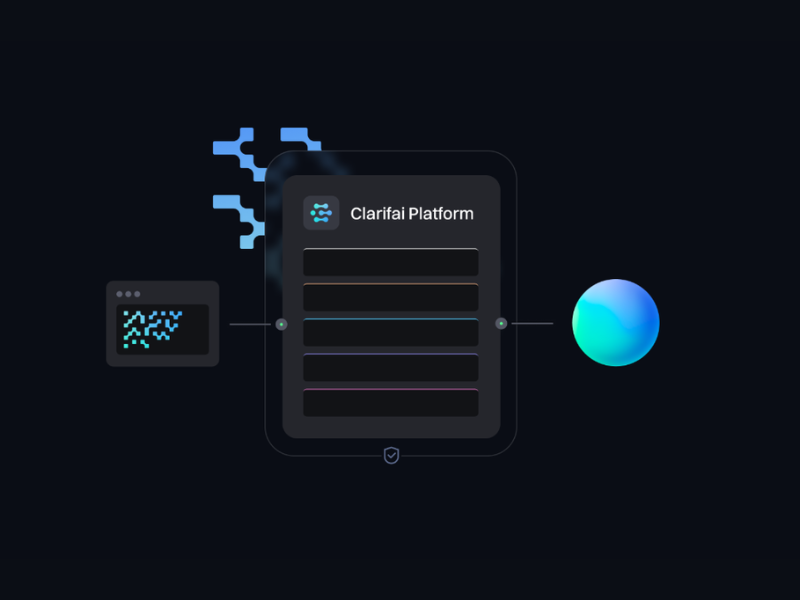Payment tokenization continues to reign supreme in the payments space thanks to its ability to minimize potential points of failure and blunt the impact of failed card authorizations. New forms of payment tokenization are emerging, solidifying its position as an essential piece to the digital transaction’s security puzzle. ABI Research, a global technology intelligence firm, forecasts Token Service Provider (TSP) revenue to break the USD 1 billion mark by 2031 as heightened data protection concerns, security fears propelled by cyberattacks on critical institutions (notably the Colonial Pipeline incident in 2021, attacks on UK NHS hospitals, and concerns regarding the recent Spain and Portugal blackout), and new PCI-DSS 4.0 requirements spark increased demand for digital security solutions such as tokenization in the payments markets.
“Maximizing compliance with data protection and legislative data sovereignty requirements while meeting the ever-growing demand for enhanced efficiency within digital transactions is a precarious balancing act within the payments segment, calling for new and innovative technologies to rise to the challenge. Payment Tokenization has proved a viable solution thus far which has evolved to keep pace with the needs of regulation, security, and technological innovation, demonstrated by the arrival of new forms of tokenization and integration of complementary technologies, including biometrics, with tokenization to bolster its security promises, explains Aisling Dawson,” Industry Analyst at ABI Research.

Headlining trends in payment tokenization including vaultless tokenization, web-based push provisioning, wearables tokens, and the integration of passkey capabilities instead of 3D Secure processes in desktop environments are expected to stir up further adoption of tokenization solutions and services across the payments ecosystem over the next five to ten years.
While North America is expected to continue to lead the pack, Europe’s formidable regulatory regime pertaining to data protection and digital payments, rapid digitalization in Latin America, and the head start enjoyed by the Asia-Pacific region on tokenized funds and bonds prime the payment tokenization market for growth on a global scale.
Although payment tokenization boasts a strong growth trajectory over the next ten years, whetting Payment Service Providers (PSPs) and merchant’s appetite for tokenized payment options will require heavy lifting on both the education and awareness-raising fronts. “Building a strong business case for payment tokenization requires a concrete demonstration of how tokenization solutions alleviate PSPs adherence to relevant regulatory and compliance requirements as well as how the migratory process can be eased for merchants who are reluctant to risk downtime or drops in transaction volumes. Payment Tokenization is well-placed for success, but its utility should be considered holistically across the payment ecosystem if TSPs are to truly optimize their prospects of strong revenue generation in this market,” Dawson concludes.
Read Similar News:
Key Technological Features Every Banking Chatbot Should Have
Unifly completes UTM Cybersecurity Model Project in Partnership with FAA
Tenable launches ExposureAI and integrates it with its cybersec platform




















